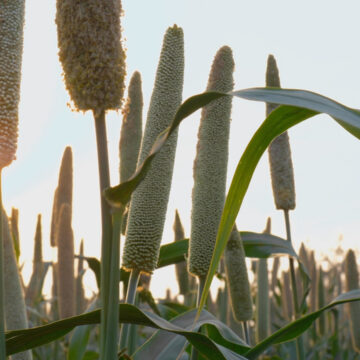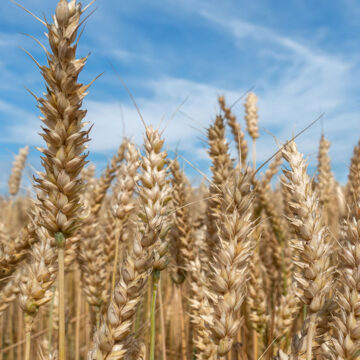HarvestPlus has operated in India since 2011, in close collaboration with partners in the public and private sector, to improve nutrition and public health by developing and promoting biofortified crops and building out biofortified seed and crop value chains. Biofortification is endorsed at the highest levels of government as a strategy to address widespread micronutrient deficiencies and their serious health impacts.
COUNTRY MANAGER
Binu Cherian
c/o ICRISAT, Building #303, Patancheru, Telangana State, India -502324.
The state governments of Bihar and Odisha have made major commitments to scale up production and consumption of zinc-biofortified wheat and rice to help address malnutrition generally, and stunting rates in particular. Action by these states has come in the context of broader national commitments to advance biofortification in India. For example, in 2020, Indian Prime Minister Narendra Modi publicly endorsed biofortified crops, and the Indian Council of Agricultural Research (ICAR) announced that 10 percent of its Frontline Demonstrations (FLDs) of experimental crop varieties would include zinc-biofortified wheat and rice varieties.
Biofortified Crops in India*
*Includes varieties shown to meet HarvestPlus standards. Other varieties may be available in the country.
Varieties Released Database
This searchable database provides information on all biofortified crops variety releases by country.
Areas of Expertise
- Crop Development
- Seed Production and Commercialization
- Seed Distribution
- Consumer Engagement
- Value Addition
- Policy Engagement
Crop Development
HarvestPlus supports the Indian Council of Agricultural Research-National Agricultural Research System (NARS), state agricultural universities (SAUs), and international agricultural research organisations such as ICRISAT, CIMMYT, and IRRI in breeding, testing and release of zinc wheat, zinc rice and iron pearl millet.

Seed Production and Commercialisation
HarvestPlus works with private seed companies, farmers, non-governmental organizations, farmer producer organisations, state seed corporations such as the Karnataka State Seed Corporation (KSSC) & Maharashtra State Seed Corporation (MSSC), and national seed corporations to develop quality-controlled seeds.
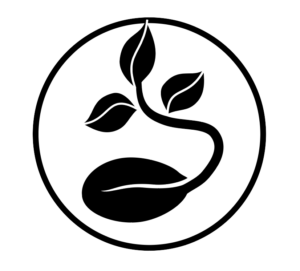
Seed Distribution
HarvestPlus India collaborates with key stakeholders for the distribution of seeds. Mini-Kit trial packs are provided to farmers for the initial testing and evaluation.

Consumer Engagement
HarvestPlus increases awareness of biofortified crops through consumer education, training, farmers’ field days, courtyard meetings, and school sensitization programs.

Value Addition
HarvestPlus is engaging with key food companies and processors to create value-added products and build supply chains for biofortified crops. The plan is to support commercialisation of different value-added products to increase the consumption of biofortified food and combat micronutrient deficiencies.

Policy Engagement
HarvestPlus India is working on the inclusion of biofortified grains in government schemes to reach communities with nutritious crops.

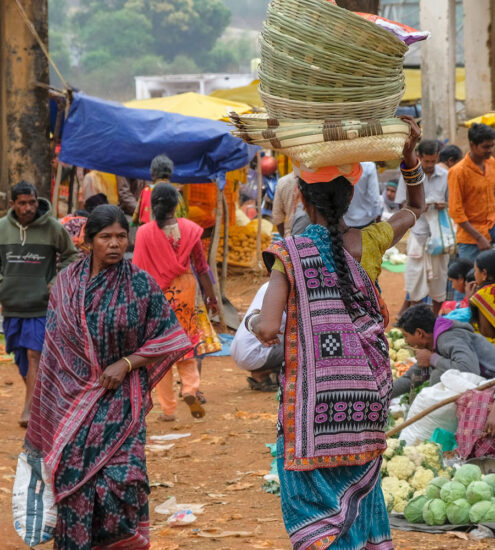
Bihar-Odisha Project
Focus: To establish a sustainable system of production and consumption of nutrient rich, biofortified zinc wheat, zinc rice, and iron lentils to improve the nutritional status of the people of Bihar and Odisha.
Funder: The Bill & Melinda Gates Foundation (BMGF)
HarvestPlus Role: Technical partner on biofortification. Biofortified crop promotion and distribution is being piloted in 33 districts of Bihar. The Government of Bihar has also partnered with Rural Development Council and HarvestPlus to make Kukribigah village in Bihar a model “nutritional village,” where the 475 rural households will only cultivate biofortified crops using organic methods.
Focus Crops: Zinc wheat, zinc rice, iron lentils
Learn MoreBiofortification news in India
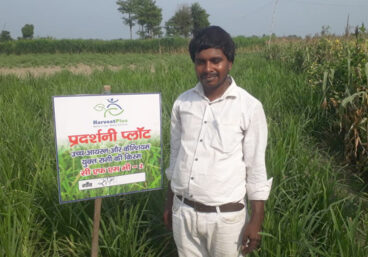
A Journey from a Struggling Farmer to Biofortification Champion
Jitender Kumar, the Chief Executive Officer (CEO) of Emadhuwan Farmers Producer Organization (FPO) is an inspiring entrepreneur in Madhuban, East Champaran, Bihar, India. A graduate of Dr. B.R. Ambedkar University, Muzaffarpur, Jitender is pioneering the cultivation of biofortified zinc wheat—transforming the landscape of nutrition and farming in the region. Jitender’s journey to farming was inspired […]
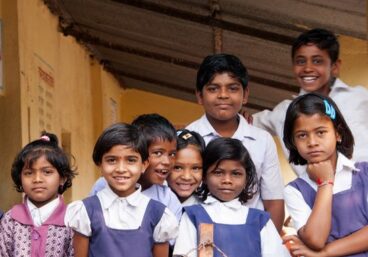
HarvestPlus’ HaNSA Program is Revolutionizing Nutrition Among School Children
“With each meal served, we are not just filling stomachs; we are shaping a future where malnutrition is a distant memory.” Malnutrition affects millions of children worldwide, particularly in low- and middle-income countries like India. It significantly affects physical growth, cognitive development, and overall health of school children. In the battle against this persistent problem, […]
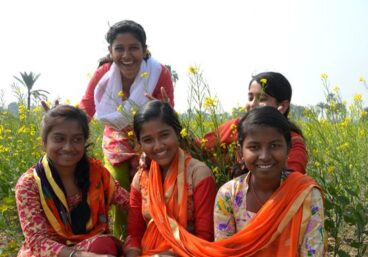
HarvestPlus, HarvestPlus Solutions, and Sir Vithaldas Thackersey College of Home Science Join Forces to Combat Malnutrition
In a ground-breaking partnership, HarvestPlus, HarvestPlus Solutions, and Sir Vithaldas Thackersey (SVT) College of Home Science have teamed up to tackle India’s pressing malnutrition challenge. By combining innovation, research, and nutrition education, the partnership aims to harness the transformative potential of biofortification to empower communities and improve nutritional outcomes in India. The partnership seeks to […]
Partner With Us
Join a growing movement to expand the reach and impact of nutrient-enriched staple crops in India.
Contact Our India TeamHarvestPlus Partners
We have more than 100 partners in the public, private, NGO, and policy engagement sectors who share our mission to improve nutrition and lives of people in India.
View Partners List